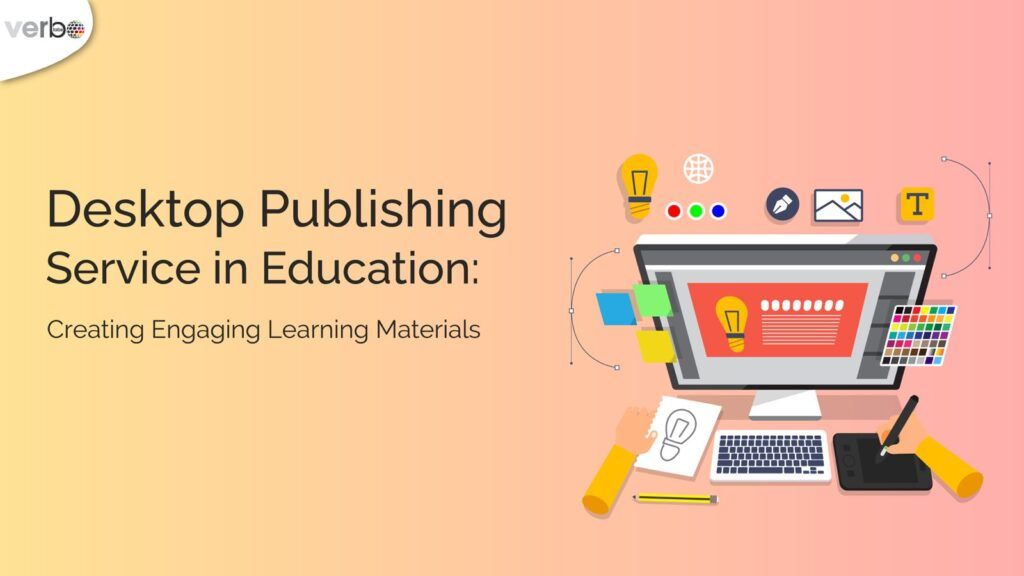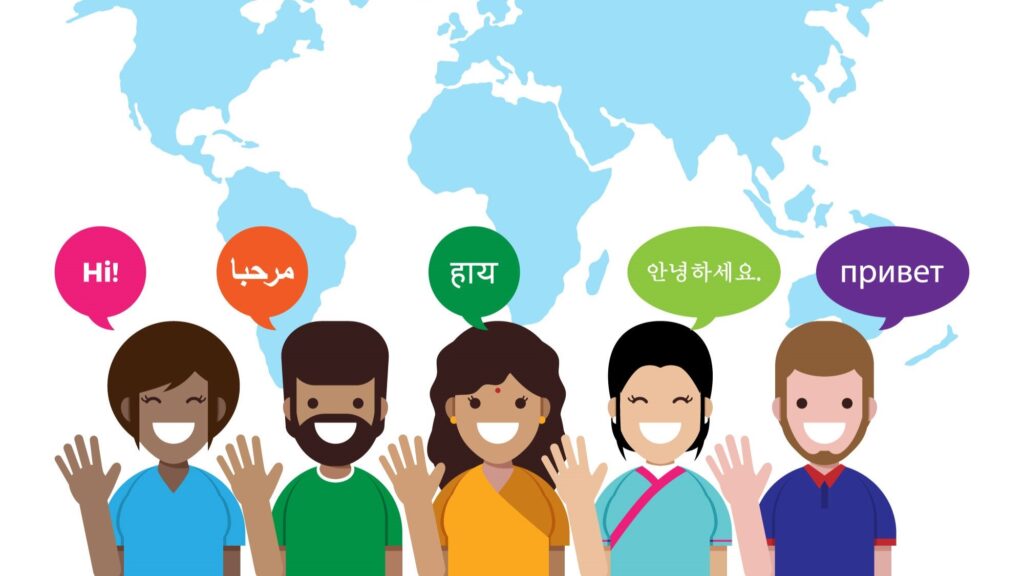The dissemination of knowledge and information has undergone a remarkable transformation in recent years. Traditional methods of teaching and learning have given way to more dynamic and interactive approaches. The advent of technology has played a pivotal role in this shift, and one crucial element in this evolution is the utilization of desktop publishing service to create engaging learning materials. Desktop publishing, often abbreviated as DTP, refers to the process of using specialized software and hardware to create, design, and format various printed and digital materials, such as textbooks, workbooks, newsletters, and brochures.
It’s crucial to explore the role of DTP services in education, highlighting their significance in designing and delivering captivating educational content. In education, this service has gained significant importance due to its ability to enhance the overall learning experience.
1. Customization and Personalization
One of the primary advantages of utilizing DTP services in education is the ability to customize and personalize learning materials. Educators can create content that caters to the specific needs and learning styles of their students. Whether it’s adjusting the font size for visually impaired students or incorporating interactive elements for a more engaging experience, DTP allows for a high degree of customization. For instance, a history teacher can use DTP software to create a visually stimulating timeline of historical events, complete with images, interactive links to additional resources, and engaging infographics.
2. Enhanced Visual Appeal
Engaging learning materials should be visually appealing. These services offer a wide range of design tools and templates that enable educators to create visually stunning materials. The use of graphics, charts, and images can greatly enhance the presentation of information, making it more attractive and memorable for students. Incorporating colorful diagrams in a science textbook, for instance, can simplify complex concepts and encourage students to explore the subject matter further.
3. Accessibility and Inclusivity
DTP services also play a pivotal role in making education more accessible and inclusive. With features like text-to-speech conversion and screen-reader compatibility, DTP ensures that learning materials are available to students with diverse needs, including those with disabilities. This inclusivity promotes a more equitable educational environment. It also enables the creation of materials in multiple formats, such as PDFs, eBooks, and web content, making it easier for students to access learning materials through their preferred devices.
4. Streamlined Content Updates
In the dynamic field of education, it’s crucial to keep learning materials up to date. These services allow educators to make quick and efficient updates to their materials. For example, if a science textbook needs to incorporate the latest scientific discoveries or a history textbook needs to reflect recent events, desktop publishing software makes it easy to make these changes and distribute updated materials to students.
5. Collaboration and Sharing
DTP services also facilitate collaboration among educators and institutions. Teachers can share their customized materials with colleagues, allowing them to benefit from each other’s expertise and creativity. Educators can access a wealth of shared resources and templates available online, which can significantly reduce the time and effort required to create engaging learning materials. Institutions can collaborate on the development of standardized learning materials, ensuring consistency and quality across different classrooms or departments. This collaborative approach helps improve the overall educational experience for students.
6. Interactive Learning Materials
One of the most significant advancements in the field of desktop publishing is the creation of interactive learning materials. With the use of multimedia elements, such as videos, animations, quizzes, and interactive simulations, educators can make learning more engaging and interactive. This approach is particularly beneficial for subjects that require a hands-on or experiential approach.
7. Cost-Efficiency
Desktop publishing services can also lead to cost savings in the long run. While there may be initial expenses associated with software and training, the ability to create, update, and share materials digitally can reduce the need for printing and distributing physical copies of textbooks and workbooks. This not only saves on printing costs but also contributes to environmental sustainability by reducing paper usage.
8. Adaptation to Remote Learning
The advent of remote and online learning has been accelerated by the global pandemic. DTP services have proven to be invaluable in this context. Educators and institutions can create digital learning materials that are accessible to students anywhere with an internet connection. This adaptability has allowed education to continue even in the face of unprecedented challenges.
Incorporating videos, interactive assessments, and live links to online resources, educators can create engaging learning materials that suit the remote learning environment. Furthermore, they can continually update materials to align with the changing needs of remote learners.
9. Feedback and Assessment
They also enable educators to integrate feedback and assessment tools into learning materials. Students can provide input through surveys, quizzes, and online discussion forums. This not only makes the learning experience more interactive but also helps educators gather valuable data to assess the effectiveness of their materials. The collected data can be used to refine and improve future learning materials, ensuring that they remain engaging and effective for students.
10. Future Directions
The field of desktop publishing in education continues to evolve. With the advancement of technologies like augmented reality (AR) and virtual reality (VR), the potential for creating immersive and engaging learning materials is boundless. Educators can incorporate AR and VR elements into their materials to transport students to historical events, far-off places, or even microscopic worlds.
Conclusion
Desktop publishing service has become an indispensable tool in the world of education. They empower educators to create engaging, customized, and accessible learning materials that cater to the diverse needs of students. Companies such as Verbolabs contribute to enhancing visual appeal to ensure inclusivity and accessibility, DTP services have revolutionized the way we approach education. In a time when educational institutions are seeking new ways to engage and inspire students, these ervices are beyond valuable. This resource allows educators to transform their teaching materials into dynamic, interactive, and visually appealing tools for learning.

Empower your educational content with VerboLabs’ Desktop Publishing Services! Create engaging, customized, and accessible learning materials tailored for diverse student needs. Transform your teaching tools into dynamic and visually appealing resources today!




